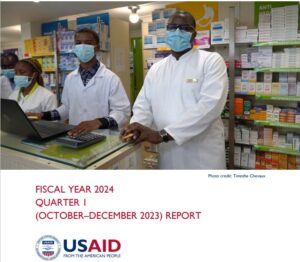Pharmaceutical Benefits and Benefits Packages in Asia: A Cross-Country Mapping of Coverage Arrangements
Many countries across Asia have developed health financing and coverage arrangements to provide financial risk protection to their populations, but stronger value-based resource allocation for pharmaceuticals is needed as external financing for health declines and pharmaceutical expenditures continue to rise. Understanding how countries within the region define pharmaceutical coverage, the ways in which governments and insurance schemes purchase drugs on behalf of the population, and the degree of patient cost-sharing for pharmaceuticals provides an important evidence base to understand the role health benefits packages and pharmaceutical benefits play in moving countries in Asia toward universal health coverage (UHC). This report presents findings from an analysis of 24 coverage/financing arrangements in 14 Asian countries and documents countries’ definitions of pharmaceutical benefits, including how medicines are included in provider payment mechanisms and the degree of patient cost-sharing. The authors characterize four main mechanisms by which the included countries define pharmaceutical benefits, articulating how countries can move towards explicitly defining pharmaceutical benefits packages that specify drug coverage, create legal entitlements to that package, and outline financing arrangements for the included drugs to ultimately increase access and value in drug purchasing.
For guidance on establishing or strengthening a pharmaceutical benefits package in countries, see Key Steps for Defining Pharmaceutical Benefits Packages.
Download